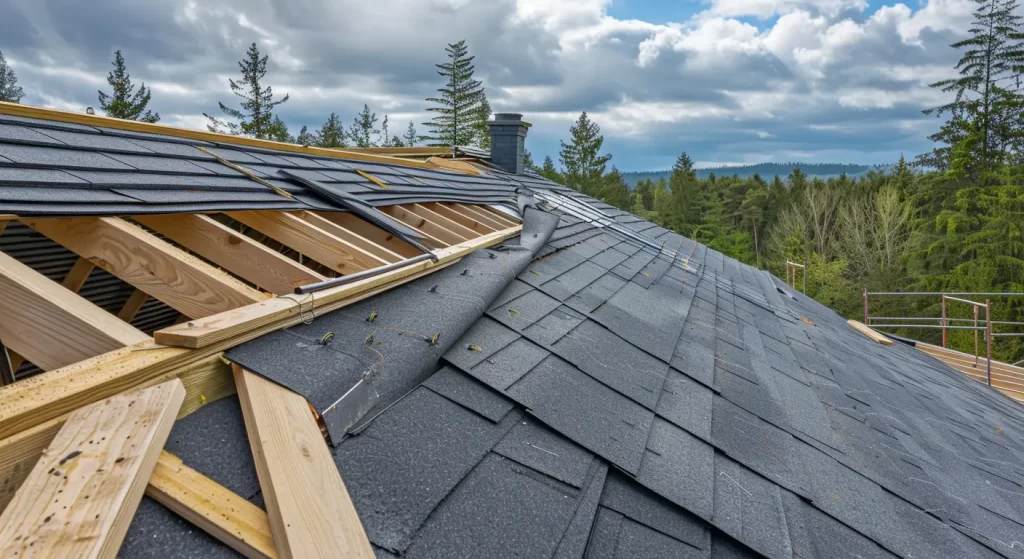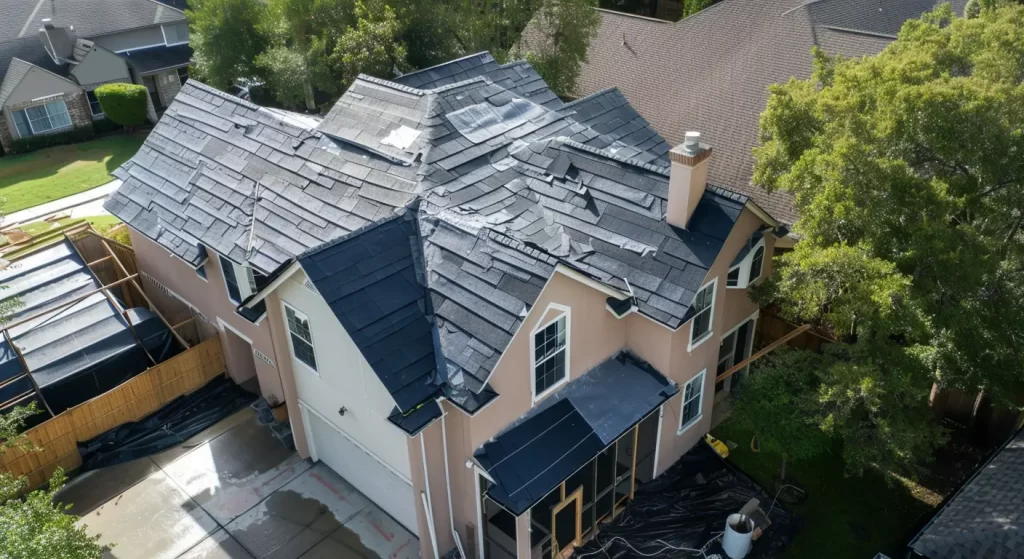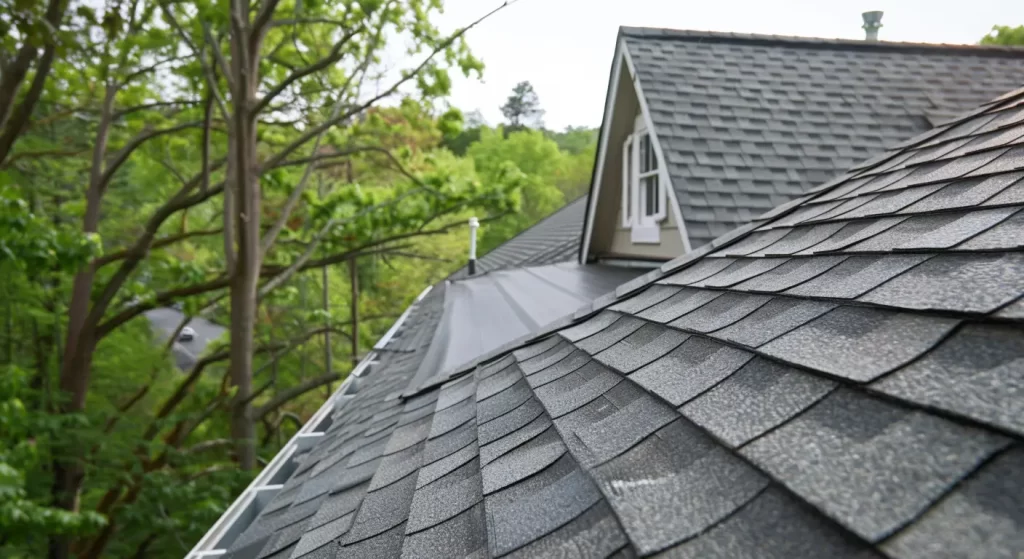When it comes to roofing, the roof underlayment is often the unsung hero. This essential layer provides an extra layer of protection between your home and severe weather challenges. At Shield Roofing in San Antonio, TX, we bring over 25 years of trusted service to the table, ensuring flawless underlayment installation and long-lasting roofing solutions.
Why Roof Underlayment Matters for San Antonio Homes
San Antonio’s weather is unpredictable, with everything from scorching heat to sudden storms. Having a roof underlayment adds that critical extra layer of protection, guarding your home against water infiltration and damage. This barrier fills in where shingles meet their limit, especially in vulnerable areas like eaves and valleys.
By investing in a reliable underlayment, you shield your roof’s structural integrity, mitigating costly water damage. But what exactly makes this material so vital? Let’s explore its key benefits in detail.
Key Roles of Roof Underlayment in Weather Protection
Roof underlayment is the first line of defense beneath your roofing material, preventing costly weather-related repairs. It protects against water seepage during storms, especially in vulnerable areas like edges, valleys, and chimneys.
Underlayment also enhances water resistance and improves insulation, potentially lowering energy costs during San Antonio’s hot summers. Most importantly, it extends your roof’s lifespan by safeguarding the deck from weather damage, mold, rot, and structural wear. With Shield Roofing, your roof receives optimal protection against extreme elements.
How Shield Roofing Ensures Longevity and Safety
At Shield Roofing, we prioritize proper installation to avoid costly future issues. Our technicians adhere to strict safety standards, beginning with a thorough roof deck inspection.
We utilize high-quality materials from Owens Corning and GAF for optimal durability. Precise overlapping and wrinkle-free application enhance the underlayment’s effectiveness while ensuring compliance with building codes.
With over 25 years of experience in roofing service, our certifications include Owens Corning preferred contractor, GAF, BBB A+ rating, CTRCA, and Directorii. Our commitment lies in providing roofs “Built Tough! Built to Last!”

Types of Roof Underlayment: Which Is Right for You?
Choosing the right roof underlayment involves assessing your specific needs. Options include felt, synthetic, and rubberized asphalt, each offering unique benefits. Synthetic underlayment is durable and weather-resistant for long-term protection. Felt is budget-friendly and easy to install, suitable for standard roofing. Rubberized asphalt has self-sealing properties that enhance waterproofing, particularly useful in heavy rain or snow areas. When selecting an underlayment, consider climate, roof slope, and roofing material for optimal performance and longevity. Consulting a professional roofer can provide tailored guidance for your project.
Comparing Felt, Synthetic, and Rubberized Asphalt Options
Various roof underlayment options cater to different needs. Traditional felt underlayment is affordable and water-resistant but can be prone to moisture and rot, reducing roofing effectiveness over time.
In contrast, synthetic options like polyethylene offer enhanced durability against extreme weather. Rubberized asphalt underlayment provides superior waterproofing, making it ideal for vulnerable areas such as valleys and eaves. Homeowners should consider local building codes and their roof’s specific features when choosing the right underlayment for successful installation and long-term durability.
Brand Spotlight: Owens Corning & GAF Underlayment Solutions
Using industry leaders like Owens Corning and GAF reflects our commitment to premium quality. Their synthetic roofing option stands out for features like extra UV protection and exceptional adhesion strength.
Both brands ensure their materials meet stringent manufacturer’s instructions, allowing seamless integration with various roofing materials. These underlayments also comply with strict building codes, making them a reliable choice for San Antonio homes.
At Shield Roofing, we use these materials to enhance longevity, minimize weather damage, and deliver roofs that withstand the test of time.

Step‑By‑Step Guide to Installing Roof Underlayment
A flawless application of underlayment material boosts its durability and efficacy. Begin by preparing the essentials, like underlayment rolls and fasteners, and proceed meticulously through layering, adhering to correct overlap dimensions.
Focusing on small details like aligning seams, using the right drip edge, and finishing edges cleanly ensures your underlayment adapts to the roof perfectly. Attention to detail like this prevents water risks and enhances long-term roofing defense.
Laying, Overlapping, and Securing Underlayment Properly
Successful roof underlayment installation requires meticulous attention. Begin by laying the underlayment from the roof’s bottom edge, extending it over the drip edge flashing. Opt for synthetic option for superior water resistance and durability. Overlap each layer by at least four inches to prevent moisture intrusion.
Secure the underlayment with roofing or cap nails at regular intervals, focusing on vulnerable areas like chimneys and vents that need extra overlap to avoid leaks. Follow manufacturer instructions and local building codes for optimal performance and longevity of your roofing system.
Common Mistakes to Avoid During Installation
Improper installation of underlayment can cause serious water damage and reduce durability. A common mistake is neglecting the manufacturer’s instructions, as each type—synthetic or felt—has specific guidelines for secure placement, including proper overlap and securing the bottom edge.
Using incorrect fasteners can also compromise protection; roofing nails should be prioritized over staples for a solid foundation. Additionally, inspecting the roof deck for damage before laying underlayment is essential to avoid exposing vulnerable areas. Special care must be taken with drip edge flashing and around chimneys and vents to prevent leaks.

Contact Us
In conclusion, choosing the right underlayment is vital for protecting your home in San Antonio’s climate. By understanding the available types and following our installation guide, you can strengthen your roof against weather challenges. At Shield Roofing, we deliver high-quality roofing solutions backed by experience and partnerships with trusted brands like Owens Corning and GAF. Don’t leave your roof to chance—contact us today for a consultation and let our experts help you create a durable roof!
Read our blog: How a New Roof Can Raise Home Appraisal Value
Frequently Asked Questions
How do I choose the best roof underlayment for Texas weather?
Texas weather demands option with high durability and water resistance. Synthetic materials excel in handling extreme conditions, offering exceptional insulation. Consult local professionals like Shield Roofing to align underlayment choice with unique demands and building codes.
What way should roofing underlayment be applied?
Apply underlayment from the bottom edge of the roof, overlapping each layer by 6 inches. Use cap nails for tight securing while aligning rows smoothly. Always follow the manufacturer’s instructions for placement accuracy and sealing at vulnerable areas.
